- No products in the cart.
Flemoksin soljutab tab dispersing. 250mg 20 pieces
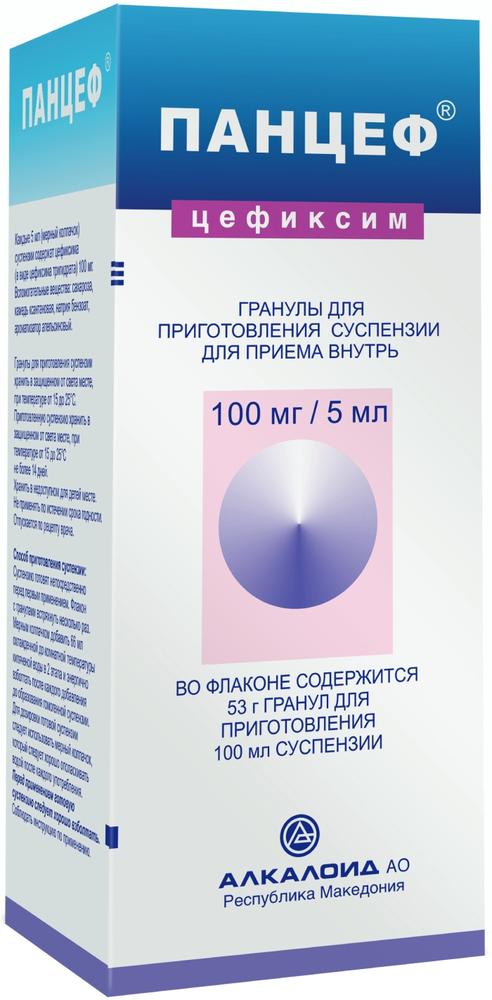
Pantsef prig.suspenzii granules for oral 53g 100mg / 5ml 100ml alkaloid
$14.93
Chloramphenicol 250mg tab 10 pc
$0.52
$6.19
Flemoksin soljutab tab dispersing. 250mg 20 pieces
SKU: 982024728 Categories: Antibiotics, Antibiotics, antimicrobial, antiparasitic, Medicaments Tags: amoxicillin, Astellas
Description
Composition
Active substance:
1 tablet contains amoxycillin (as amoxycillin trihydrate) 125 mg, 250 mg, 500 mg, 1000 mg ;.
Excipients:
Dispersible cellulose, microcrystalline cellulose, crospovidone, vanillin, tangerine flavor, lemon flavor, saccharin, magnesium stearate.
Description:
An antibiotic, a semisynthetic penicillin.
Product form:
Dispersible Tablets 125 mg – 5 or 7 tablets in a blister made of PVC film and aluminum foil. At 2 or 4 blister together with instructions for use placed in a cardboard box. Dispersible Tablets 250 mg, 500 mg and 1000 mg – 5 tablets in a blister made of PVC foil and aluminum foil. As 4 blisters together with instructions for use placed in a cardboard box.
Contraindications
Hypersensitivity to the drug and other beta-lactam antibiotics
Carefully
Polyvalent hypersensitivity to xenobiotics, infectious mononucleosis, lymphatic leukemia, gastrointestinal disease history (especially colitis associated with the use of antibiotics), renal failure, pregnancy, lactation.
Dosage
250 mg
Indications
Infectious-inflammatory diseases caused by susceptible to malaria infections: – Respiratory infections; – infections of the genitourinary system; – infections of the digestive tract; – Skin and soft tissue infections.
Interaction with other drugs
Probenecid, phenylbutazone, oxyphenbutazone, to a lesser extent acetylsalicylic acid and sulfinpyrazone inhibit tubular secretion of penicillins, which leads to an increase in half-life and improve the amoxicillin concentration in the blood plasma.
Bactericidal antibiotics (including aminoglycosides, cephalosporins, vancomycin, rifampicin) while receiving exert synergistic effect; possible antagonism at reception with some bacteriostatic agents (e.g., chloramphenicol, sulfonamides). Simultaneous treatment with estrogen-containing oral contraceptives may reduce their effectiveness and increase risk of bleeding “breakthrough”). Simultaneous administration with allopurinol does not increase the incidence of skin reactions in contrast to the combination of allopurinol with ampicillin.
Overdose
Symptoms: impaired function of the gastrointestinal tract – nausea, vomiting, diarrhea; the result of vomiting and diarrhea may be a violation of water-electrolyte balance.
Treatment: designate gastric lavage, activated charcoal, saline laxatives; apply measures to restore water and electrolyte balance.
pharmachologic effect
Pharmacodynamics:
Flemoksin Soljutab – acid-bactericidal broad-spectrum antibiotic from the group of semisynthetic penicillins.
Active against gram-positive and gram-negative microorganisms such as Streptococcus pyogenes, Streptococcus pneumoniae, Clostridium tetani, Clostridium welchii, Neisseria gonorrhoeae, Neisseria meningitidis, Staphylococcus aureus (not producing beta-lactamase,), Bacillus anthracis, Listeria monocytogenes, Helicobacter pylori. Less active against Enterococcus faecalis, Escherichia coli, Proteus mirabilis, Salmonella typhi, Shigella sonnei, Vibrio cholerae. He is active against microorganisms, producing beta-lactamase, Pseudomonas spp., Indole-positive Proteus spp., Serratia spp., Enterobacter spp.
Pharmacokinetics:
Suction
After oral amoxicillin is absorbed rapidly and almost completely (about 93%) is acid. Eating little or no effect on the absorption of the drug. The maximum concentration of active substance in plasma observed after 1-2 hours. After oral administration of 500 mg of amoxycillin maximum concentration of the active substance, component 5 ug / ml in the blood plasma observed after 2 h. Is increased or decreased in dose 2 times the maximum plasma concentration is also varied by 2 times.
Distribution
About 20% of amoxicillin is bound to plasma proteins. Amoxicillin well penetrates the mucous membranes, bone, intraocular fluid and sputum in therapeutically effective concentrations. Amoxicillin concentration in the bile exceeding its plasma concentration in 2-4 times. The amniotic fluid and umbilical vessels amoxycillin concentration of 25-30% of its level in the blood plasma of a pregnant woman. Amoxicillin poorly crosses the blood-brain barrier; However at inflammation of the meninges concentration in cerebrospinal fluid is approximately 20% of the plasma concentration.
Metabolism
Amoxicillin partially metabolized in the liver, the majority of its metabolites do not possess microbiological activity.
breeding
Amoxicillin is eliminated primarily by the kidneys, about 80% by tubular excretion, 20% – by glomerular filtration. In the absence of dysfunction of the kidney the half-life of amoxicillin is 1-1.5 hours. Do preterm infants and children younger than 6 months. – 3-4 hours.
Pharmacokinetics in special clinical situations
The half-life of amoxicillin is not changed with abnormal liver function. If the kidney function (creatinine clearance
Pregnancy and breast-feeding
Perhaps the use of the drug during pregnancy and lactation if the expected benefits of the drug outweigh the risks of side effects. Small amounts of amoxicillin is excreted in breast milk, which may lead to sensitization phenomena in the child.
Conditions of supply of pharmacies
By prescription.
side effects
On the part of the digestive tract: rarely – change in taste, nausea, vomiting, diarrhea; in some cases – a moderate increase in activity of “liver” transaminases, very rarely – pseudomembranous colitis and hemorrhagic.
From the urinary system: very rarely – the development of interstitial nephritis.
From the hematopoietic system; possible agranulocytosis, neutropenia, thrombocytopenia, hemolytic anemia, but they also occur very rarely.
Side effects in the nervous system when using amoxicillin in the dosage form of dispersible tablets is not registered.
Allergic reactions: skin reactions, mainly in the form of specific maculopapular rash; rarely – erythema multiforme (Stevens-Johnson syndrome); in some cases, anaphylactic shock, angioedema.
special instructions
The presence of erythroderma in history is not a contraindication for appointment flemoksin Solyutab®.
Possible cross-resistance to drugs penicillins and cephalosporins.
As with other drugs penicillin, may develop superinfection.
The emergence of severe diarrhea characteristic of pseudomembranous colitis, is an indication for discontinuation of the drug.
Prescribe the drug to patients with infectious mononucleosis and lymphocytic leukemia should be cautious, because high probability of exanthema nonallergic genesis.
Possible cross-hypersensitivity to the drug penicillin and cephalosporins.
Storage conditions
The drug is stored at a temperature not higher than 25 C. Keep out of reach of children.
Dosing and Administration
Orally (p.o.)
The dose is determined individually, taking into account the severity of the disease, age of the patient. In the case of infectious diseases vospalitelnyh mild and severe recommended to use the following scheme of preparation:
Adults and children over 10 years prescribed 500-750 mg 2 times / day or 375-500 mg 3 times / day.
Children from 3 to 10 years prescribed 375 mg of 2 times / day or 250 mg 3 times / day.
Children aged 1 to 3 years prescribed 250 mg of 2 times / day or 125 mg 3 times / day.
The daily dose for children drug (including children up to 1 year) is 30-60 mg / kg / day, divided into 2-3 doses.
In the treatment of severe infections, and infections with hard to foci of infection (e.g., acute otitis media) is preferred triple drug.
In chronic diseases, recurrent infections, severe infections, the dose can be increased: adults appoint 750 mg – 1 g of 3 times / day; Children up to 60 mg / kg / day, divided into 3 doses.
In acute uncomplicated gonorrhea appoint 3 g in 1 reception in combination with 1 g probenecid.
Patients with impaired renal function when creatinine clearance less than 10 mL / min, the dose is reduced by 15-50%.
The drug is administered before, during or after meals. A tablet may be swallowed whole, split apart, or chew, a glass of water, and can be diluted in water to form a syrup (20 ml) and the suspension (100 ml) having a pleasant fruit taste.
In case of mild and severe infections flow take medication within 5-7 days. However, infections caused by Streptococcus pyogenes, duration of treatment should be at least 10 days.
In the treatment of chronic diseases, severe infections the dose should be determined by the clinical picture of the disease. The drug should continue for 48 hours after the disappearance of symptoms.
Information
Appearance may differ from that depicted in the picture. There are contraindications. You need to read the manual or consult with a specialist
Additional information
| Weight | 0.100 kg |
|---|---|
| Manufacturer | Astellas |

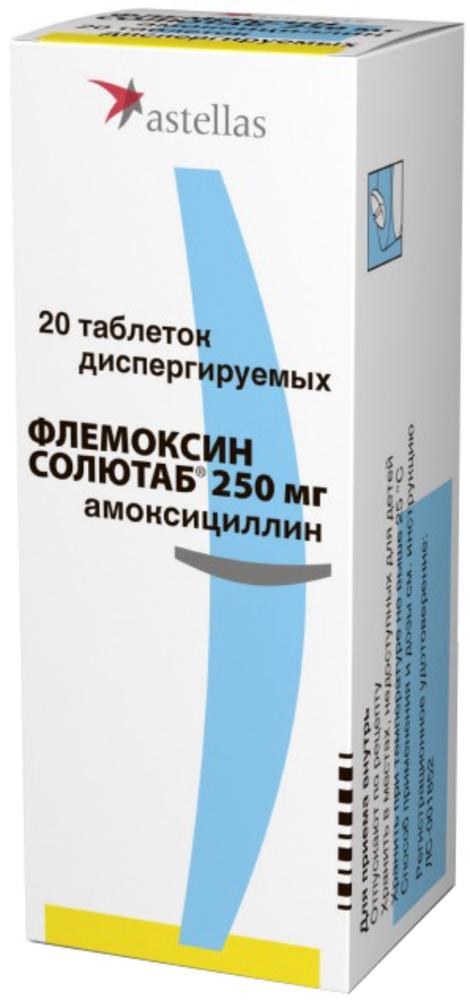
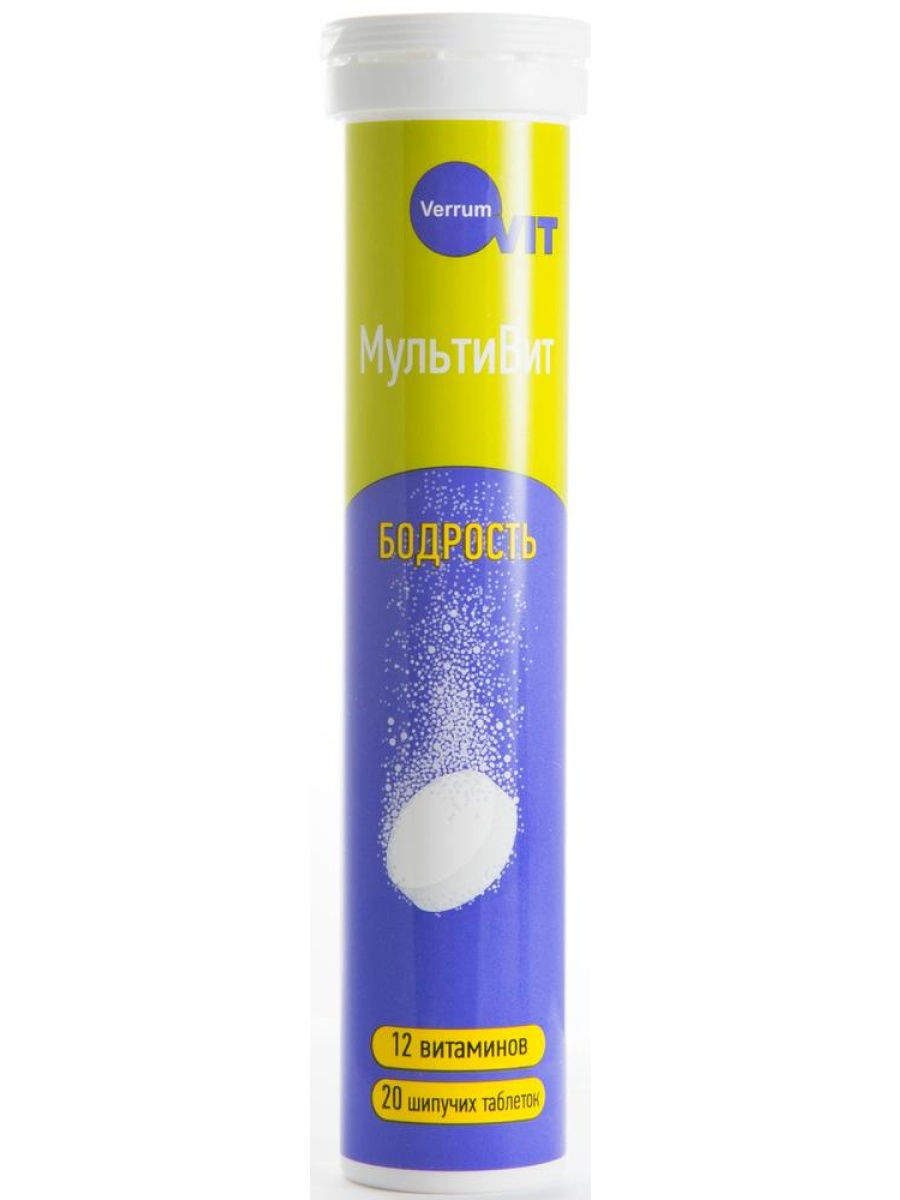
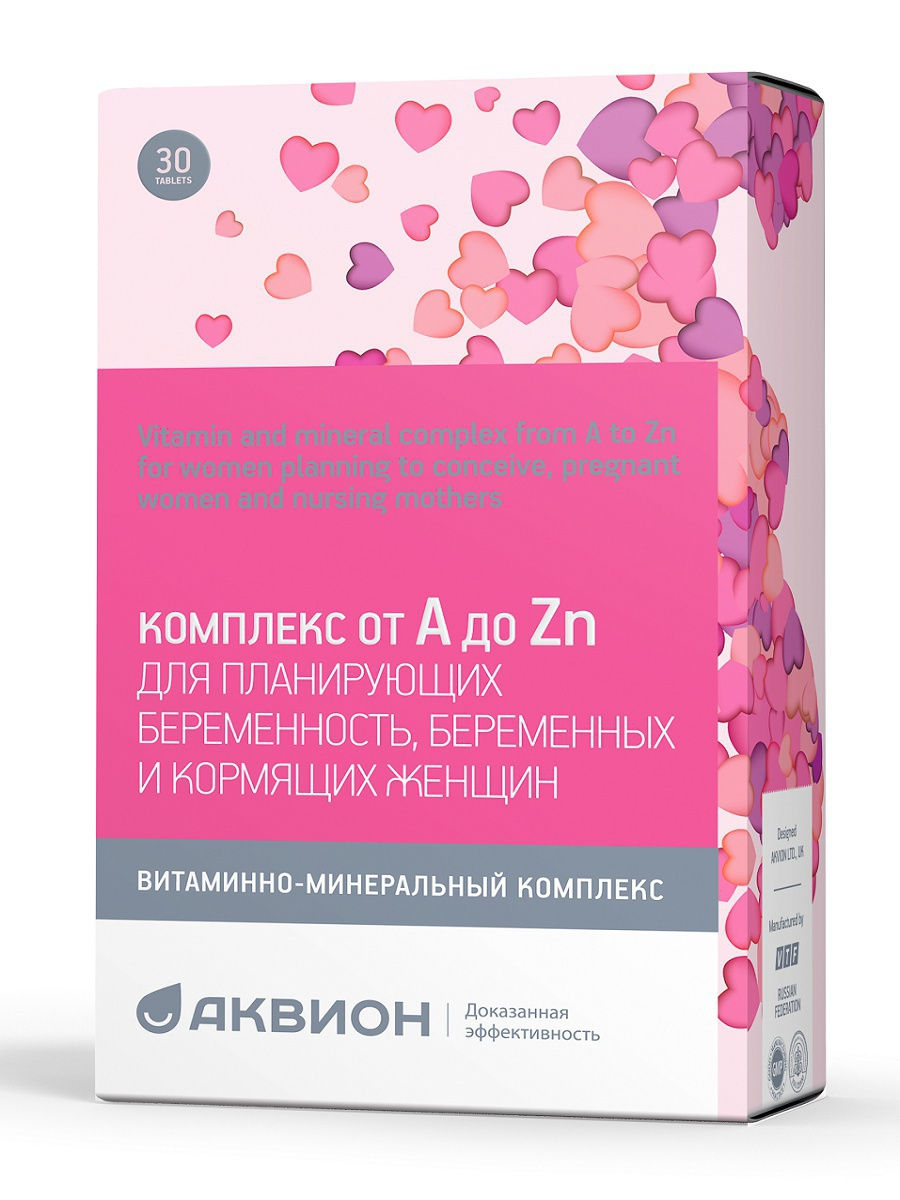

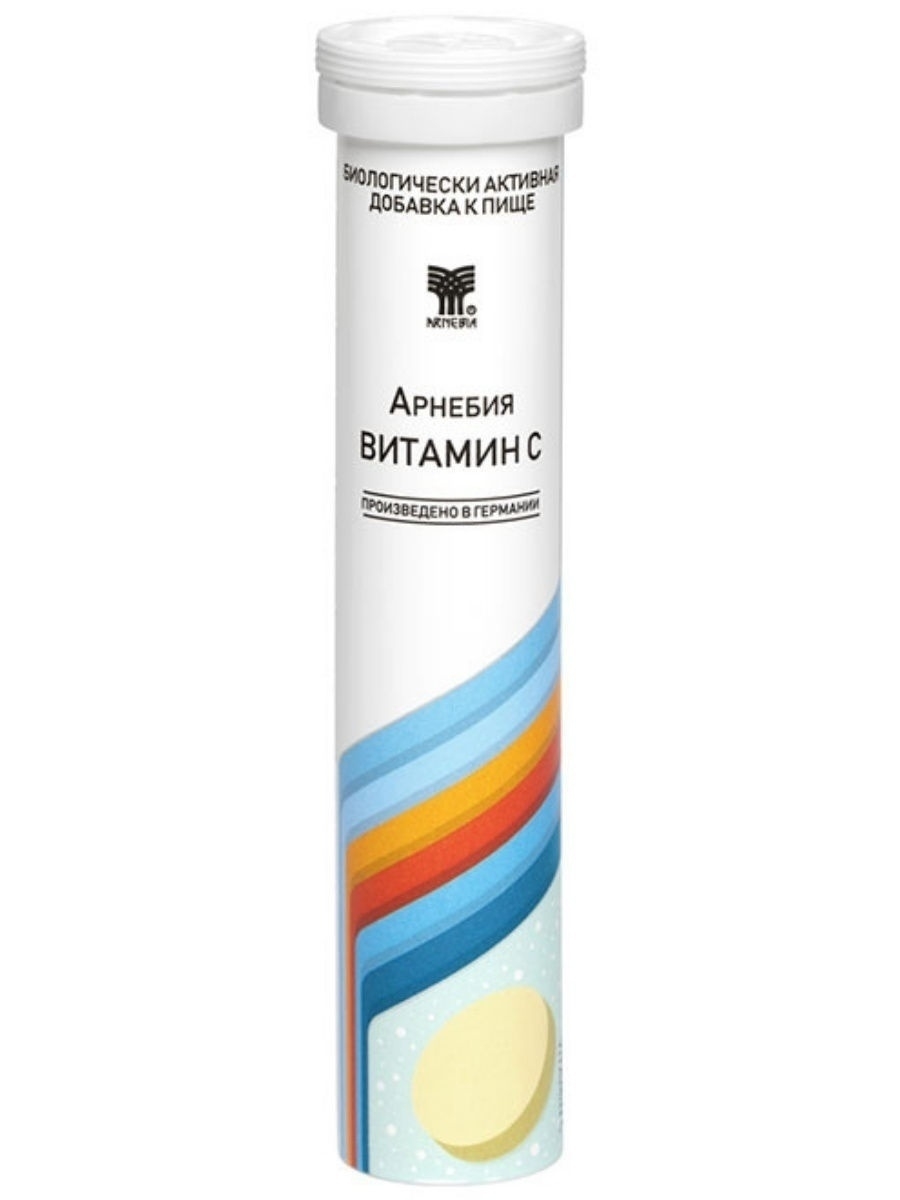

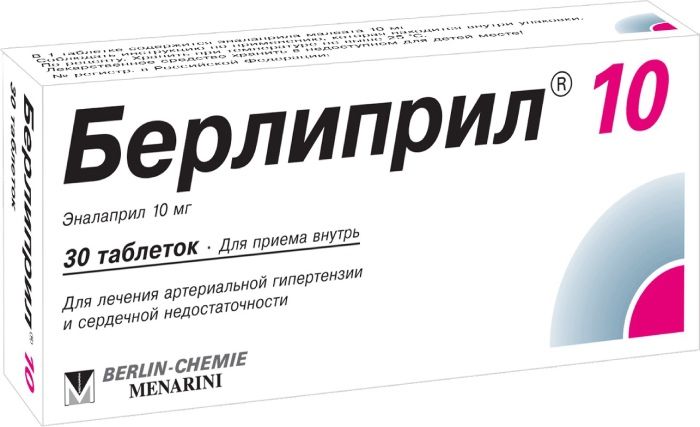




There are no reviews yet.